PERFORM Community Talk
Running for Beginners: Considerations for Injury Prevention
2020-06-15
For those of you who were unable to join the webinar live, the stream is now available for everyone to watch here or on YouTube. The questions which were answered offline will be available soon.
Running is an accessible activity for many populations that has a number of physiological and psychological health benefits.
Hosted by PERFORM's certified Athletic Therapists, this webinar will aim to provide novice runners with information to help them prevent injuries, and will cover topics from basic tests to do before starting the activity, to tips on proper nutrition and footwear, to an activation and warm up routine, all to help get the runner the most out of their activity.
Questions answered offline:
There is a difference between both because the treadmill will actually does some of the job for you by propelling you forward.
The recommended cadence is usually between 160 and 180 steps per minute
La technique la plus répandue est réception talon, mais le fait d’attaquer le sol avec le milieu ou le devant du pied favorise une absorption des forces par les muscles du corps. Il est important de changer de technique de façon progressive afin de laisser les muscles s’adapter à la nouvelle technique.
In order to answer this question, we need to understand what the pain is, and why it is happening. There could be a lot of reasons why you would be exhibiting waist pain during running, varying from a muscle cramp to something more internal and systemic. Our best advice would be to go see a health care professional like an athletic therapist or a physiotherapist who can screen your movement and give you more insight into why you are getting the waist pain.
We actually found that it is the cool down itself and not necessarily static stretching that helps prevent blood pooling. As we discussed during our presentation, a good cool down should start off by involving some light movement and so for running, can be as simple as 5-10 minutes of walking after a run. Of course, static stretching can also be done afterwards, as can foam rolling, PNF stretching or breathing exercises.
It is always better to start on a flat surface if you have not run before. Incline and decline work can provide a lot of great benefits such as increasing power and stride length among other things, but should be used with caution for beginners. With regard to running time, many professionals suggest running for 20-30 minutes and building from there. You can start at a slower pace, or even do some intervals (walk-run) during this session.
Trails usually mean uneven surfaces, so you would just have to be mindful of the terrain, and watch out for potholes, tree roots or any other debris. You may also need to consider adjusting your shoes to accommodate for the slippery surfaces.
Your Achilles will be more sollicitated in forefoot running, but is the progression is done properly, the tendon will be stronger and be able to support this type of run
If you wear orthotics in you regular shoes, you should probably wear them in your running shoes also. You should probably wear them progressively during your run to let you foot adapt. Orthotics should be able to absorb running forces, but the best advice would come from your podiatrist.
A “runners high” is actually and intense release of endorphins after a heavy bout of exercise, and happens when we push our body to physical discomfort. A short, casual run will likely not produce enough endorphins to produce this effect fully, and pushing yourself to discomfort may be physically overwhelming for beginners. So progress as you can and try to keep an eye out for all the other more subtle changes you may see including improved focus, better sleep and overall, more happiness.
Speakers:
Lee Ann Papula, Bsc., CAT(C)
Athletic Therapy Instructor – Team Lead
PERFORM Centre
Victoria Robinson-Mozejko, Bsc., CAT(C), FMS
Athletic Therapy Instructor
PERFORM Centre
Serge Savoie, MSC., CAT(C)
Athletic Therapy Instructor
PERFORM Centre



